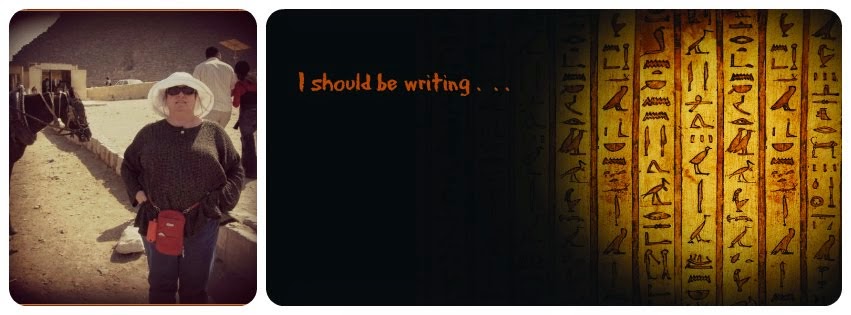See you later, sphinx
Visitors to the Penn Museum explore the Egypt Gallery and its centerpiece, the Sphinx of Rameses II, the sixth-largest granite sphinx in the world, and the largest in the Western Hemisphere. Photo by Lauren Hansen-Flaschen.
The colossal stone creature will be going under wraps for conservation at the Penn Museum.
For the first time in 105 years, the Penn Museum’s sphinx will be taken out of public view for an extended period of time. Starting on July 9, the colossal stone creature will be under wraps for an estimated four to six years while artifacts in the Egypt galleries undergo conservation and the spaces undergo a major renovation.
From the Pharaohs to Cleopatra and Julius Caesar: how Egypt influenced Greece and RomeUnknown artist. Antinous as Osiris, about 130. Roman, marble. (Musee du Louvre/RMN-Grand Palais/Daniel Lebee/Carine Deambrosis/Art Resource)
Big, needlelike sculptures, based on Egyptian prototypes, are dotted all over America. The most famous, obviously, is the Washington Monument. Another, in Boston, commemorates the battle of Bunker Hill. There’s even an authentic, 3,000-year-old Egyptian one in New York’s Central Park, known as “Cleopatra’s Needle.”
Solstice at Karnak Temple’s Western Gate
The sight of the sun falling perpendicular on the temple of Amoun Ra’ in Luxor - Archive
he sun will set from the western gate of the Karnak Temple on June 21, which marks the rare astronomical phenomenon of summer solstice.
Ahmed Abdelkader, a researcher specialized in astronomical tourism, told MENA that sun rays will disappear gradually from the temple’s complex starting 6 p.m.until the Holy of Holies is darkened.
Paul McCartney's 'Egypt Station': What Is It?
Paul McCartney’s upcoming project is titled “Egypt Station,” he’s finally made clear – but fans continue to speculate on what form it might take.
While the Beatles icon had previously said he was planning to release an album in 2018 – and last week unveiled a new track, "Come On to Me," in concert that presumably appears on it – he hasn’t yet said whether that’s what “Egypt Station” is.
Down the Nile, into the Mediterranean
“Hippopotamus” (2nd century), artist unknown. Roman. Rosso antico. Ny Carlsberg Glyptotek, Copenhagen. Photo by Ole Haupt
Because of its scope and depth, it’s best to have an initial understanding of what “Beyond the Nile: Egypt and the Classical World” has set out to achieve. “The overarching goal of this exhibition,” notes Jeffrey Spier, “is for visitors to understand Egypt, Greece, and Rome not as monolithic, separate entities but as cultures that shared and exchanged aspects of their religion, artistic traditions, languages, and customs in an evolving milieu.”
Death of the Firstborn Egyptians
Death of the Firstborn Egyptians from Nina Paley on Vimeo.
































